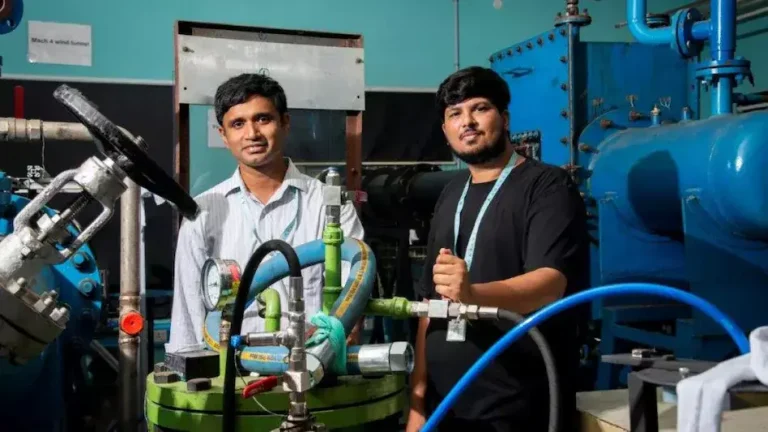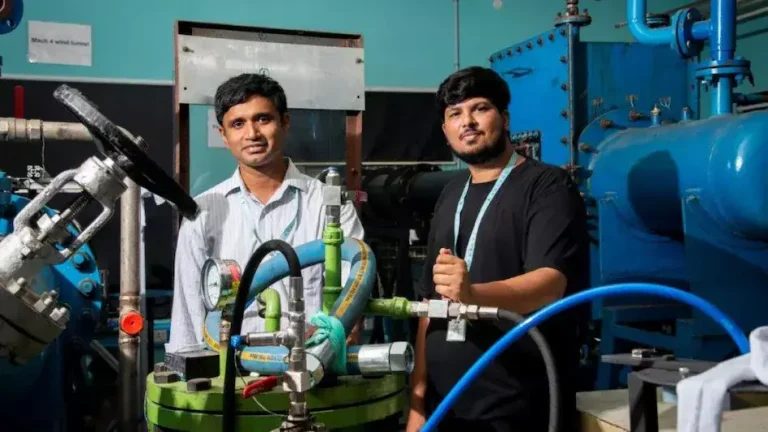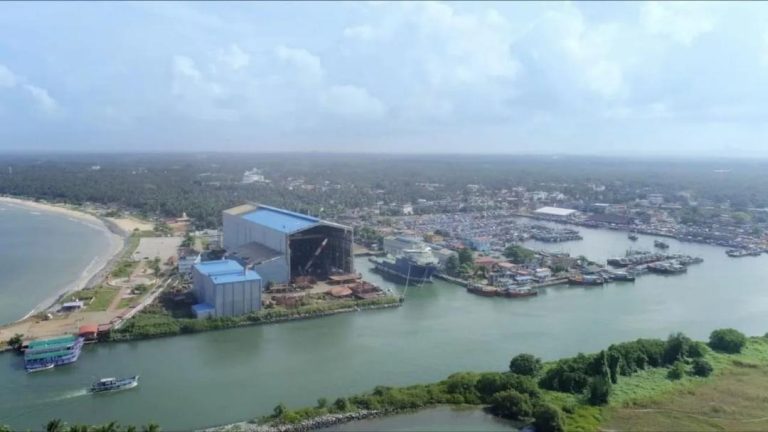
Why are scientists triggering earthquakes deep beneath the Alps?
The Alps, a majestic mountain range stretching across eight countries in Europe, are a region of immense natural beauty and complex geological history. However, this region is also prone to significant seismic activity, with earthquakes occurring frequently due to the movement of tectonic plates. To better understand the underlying mechanisms that trigger these earthquakes, scientists have been conducting a unique experiment deep beneath the Alps. They are inducing artificial, zero-magnitude earthquakes to study the initial stages of seismic activity. This innovative approach aims to uncover the trigger mechanisms of natural earthquakes, improve prediction models, and enhance early warning systems, ultimately reducing seismic hazards and gaining a deeper understanding of fault behavior.
The concept of artificially triggering earthquakes may seem counterintuitive, as it involves creating seismic activity in a region that is already prone to natural earthquakes. However, by inducing tiny, controlled earthquakes, scientists can gather valuable data on the underlying processes that lead to larger, more destructive earthquakes. These artificial earthquakes are extremely small, with magnitudes of zero or less, which means they are not felt on the surface and do not cause any damage. The goal of this experiment is not to create significant seismic activity but to study the initial stages of earthquake formation, which can provide crucial insights into the underlying mechanisms that drive natural earthquakes.
The experiment involves drilling a deep borehole into the Earth’s crust, typically several kilometers below the surface. Once the borehole is in place, scientists inject high-pressure fluid into the rock, which increases the stress on the surrounding fault lines. This increased stress can cause tiny earthquakes to occur, which are then monitored using a network of sensitive seismometers. The data collected from these artificial earthquakes can provide valuable information on the mechanical properties of the fault lines, the stress conditions that lead to earthquake nucleation, and the behavior of the Earth’s crust during the initial stages of seismic activity.
One of the primary objectives of this experiment is to improve our understanding of the trigger mechanisms of natural earthquakes. By studying the conditions that lead to artificial earthquakes, scientists can gain insights into the processes that control the timing and location of natural earthquakes. This knowledge can be used to develop more accurate prediction models, which can help reduce the risk of earthquake-related hazards. For example, by understanding the stress conditions that lead to earthquake nucleation, scientists can identify regions that are more prone to significant seismic activity and provide early warnings to communities at risk.
Another significant benefit of this experiment is the potential to enhance early warning systems. Current early warning systems rely on detecting the early signs of an earthquake, such as the rapid movement of the Earth’s crust, and providing warnings to people in the affected area. However, these systems are often limited by the speed at which seismic waves travel, which can be just a few seconds. By studying the initial stages of earthquake formation, scientists can develop more sensitive detection systems that can provide earlier warnings, giving people more time to seek safety.
The Alps are an ideal location for this experiment due to their complex geological history and high seismic activity. The region is characterized by a network of fault lines, which have been formed over millions of years as a result of tectonic plate movement. By studying the behavior of these fault lines, scientists can gain insights into the underlying mechanisms that control earthquake activity in the region. Additionally, the Alps are a relatively stable region, which makes it easier to conduct controlled experiments without interfering with natural seismic activity.
The data collected from this experiment can also provide valuable insights into the behavior of fault lines and the Earth’s crust during the initial stages of seismic activity. By studying the mechanical properties of the fault lines and the stress conditions that lead to earthquake nucleation, scientists can develop more accurate models of fault behavior. This knowledge can be used to improve our understanding of the underlying processes that control earthquake activity and to develop more effective strategies for reducing seismic hazards.
In conclusion, the experiment of triggering artificial, zero-magnitude earthquakes deep beneath the Alps is a groundbreaking approach to understanding the initial stages of seismic activity. By inducing tiny, controlled earthquakes, scientists can gather valuable data on the underlying mechanisms that drive natural earthquakes, improve prediction models, and enhance early warning systems. This innovative approach has the potential to reduce seismic hazards and provide a deeper understanding of fault behavior, ultimately saving lives and reducing the economic impact of earthquakes. For more information on this topic, please visit: https://www.breezyscroll.com/science/zero-magnitude-earthquake-experiments-alps/
News Source: https://www.breezyscroll.com/science/zero-magnitude-earthquake-experiments-alps/





